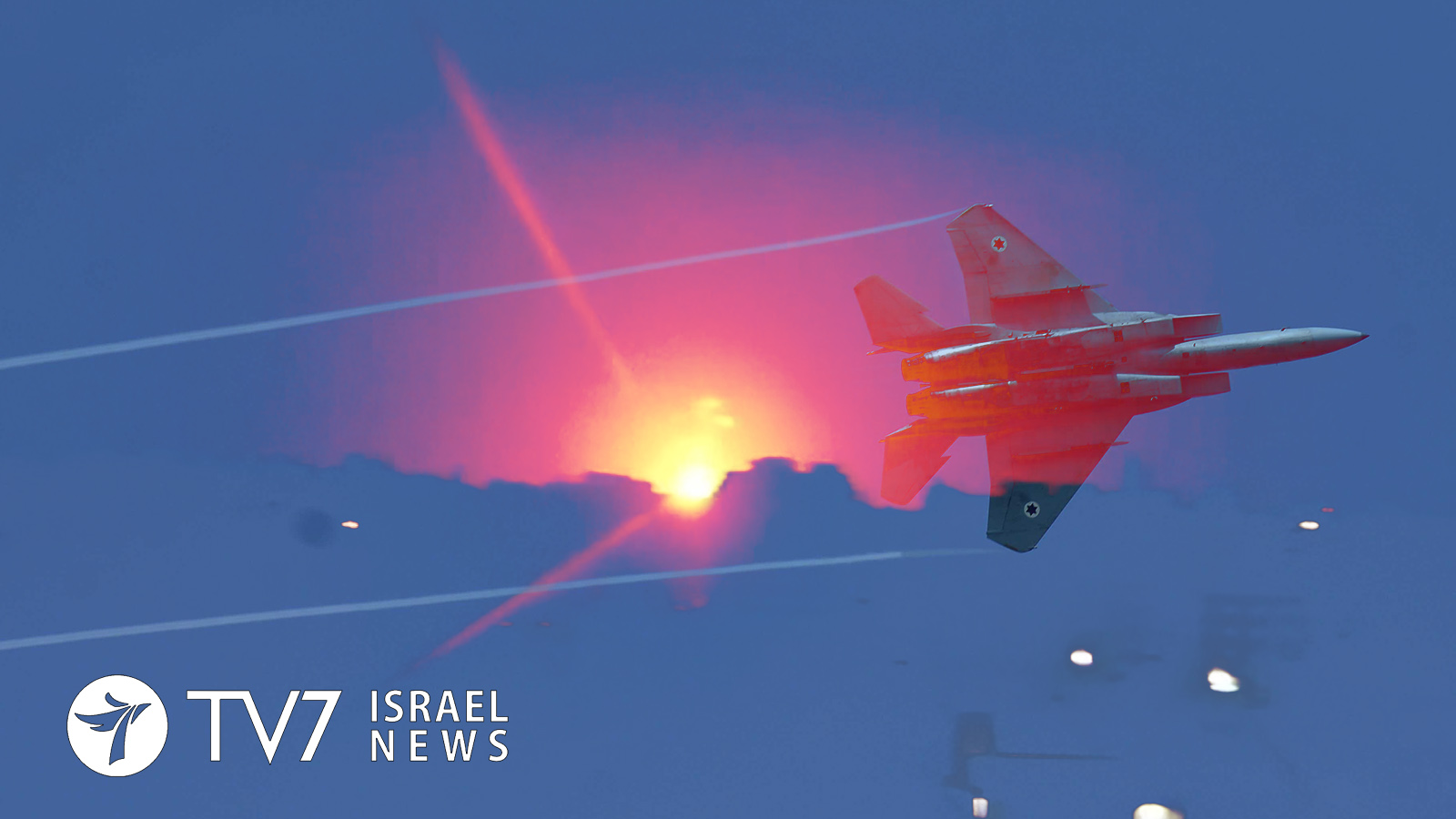Syria’s Western Hama Governorate was reportedly subject to an aerial bombardment early this morning, which Damascus authorities were quick to attribute to the Israeli Air Force (IAF).
Shortly before 4 AM this morning, sophisticated missiles were launched by unidentified aircraft from the direction of Lebanes airspace over Tripoli at 5 separate locations close to Hama city. The targets are believed to be compounds operated by Iranian-proxy militias, including the Lebanon-based Hezbollah terror organization.
The Syrian Armed Forces (SAF) activated the country’s aerial defense systems. While state media citing a military source claimed the incoming projectiles were successfully downed, local inhabitants reported that all of the targets were destroyed.
The Syrian military response allegedly caused the deaths of a local family of 4. According to the London-based Syrian Observatory for Human Rights, “shrapnel of missiles fired by regime air defenses” slammed into “the residential neighborhood of Kazu in the northwestern part of Hama city,” killing a set of parents and their 2 children while seriously injuring an elderly man, a woman and 2 other children.
Today’s incident marks the 5th aerial strike in Syria attributed to Israel over the past month.
Israel has carried out hundreds of air strikes on suspected Iranian military deployments or weapons shipments from Tehran to Hezbollah guerrillas in Syria in recent years.
Even though Syria insists the IAF was involved due to the sophistication of the attack and designation of targets, the IDF Spokesperson’s Unit would not confirm nor deny responsibility in response to TV7’s request for comment. Previously, the Israeli government has acknowledged some strikes on Syria, as necessary to protect its northern front from Iran.
Separately, Russian and Syrian aircraft conducted over 45 aerial strikes in the past 48 hours alone against positions said to belong to the Islamic State (ISIS).
In other Syria-related developments, there are rising challenges to the fragile ceasefire in the northwestern Idlib Governorate reached between Turkish President Recep Tayyip Erdoğan and his Russian counterpart Vladimir Putin in March 2020.
Ankara’s military deterrence is evidently diminishing, despite its presence of 10,000 troops, over 8,000 armored vehicles and tanks at 64 observation posts along the 30 kilometer (19 miles) buffer zone.
Heavy clashes have been reported in recent days between Jihadist militants against regime forces backed by Iranian-backed militias and Russian mercenaries. The fighting has been taking place near the al-Ruwayha village, which overlooks the strategic M5-highway that connects Damascus with Aleppo.
Separately, the SAF has been conducting daily surface-to-surface bombardments on Jihadist positions in the southern countryside of the Idlib Governorate located within the Russian-Turkish de-escalation zone. The Turkish military is reportedly responding to the attacks by deploying additional troops to the area.
